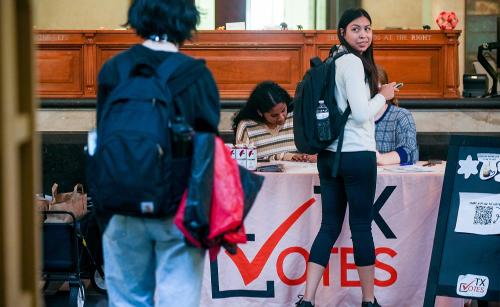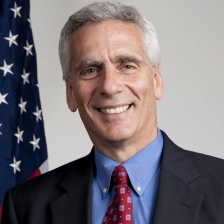

9:00 am EDT - 12:30 pm EDT
Past Event
9:00 am - 12:30 pm EDT
1775 Massachusetts Avenue, N.W.
Washington, DC
20036
This year, it took only ten weeks for employers to reach the nation’s overall cap on the H-1B visas they need to hire immigrant workers in specialty occupations—three times faster than last year. Yet debates over the program suffer from a lack of information about where demand for H-1B workers is highest, and the role that the program plays in addressing local labor market needs.
##1##
On July 18, the Metropolitan Policy Program at Brookings hosted a forum presenting a regional analysis of the H-1B visa program, highlighting how foreign-born skilled immigrants in the United States contribute to the country’s metropolitan economies. Panelists from the public and private sectors discussed the report’s findings and their potential impact on current economic and immigration debates.
After each discussion, panelists took audience questions. Participants joined in the discussion on Twitter using the hashtag #metroH1B.
Following this event, Brookings’s Jill Wilson answered questions on the H-1B visa program in a live POLITICO web chat.
Neil Ruiz’s event presentation and remarks are available. In addition, in a video previewing this event, he describes the demand for skilled labor.


Gabriel R. Sanchez, Jordin Tafoya
May 8, 2024
2024
The Brookings Institution, Washington D.C.
10:00 am - 11:15 am EDT

Tara Watson
April 16, 2024